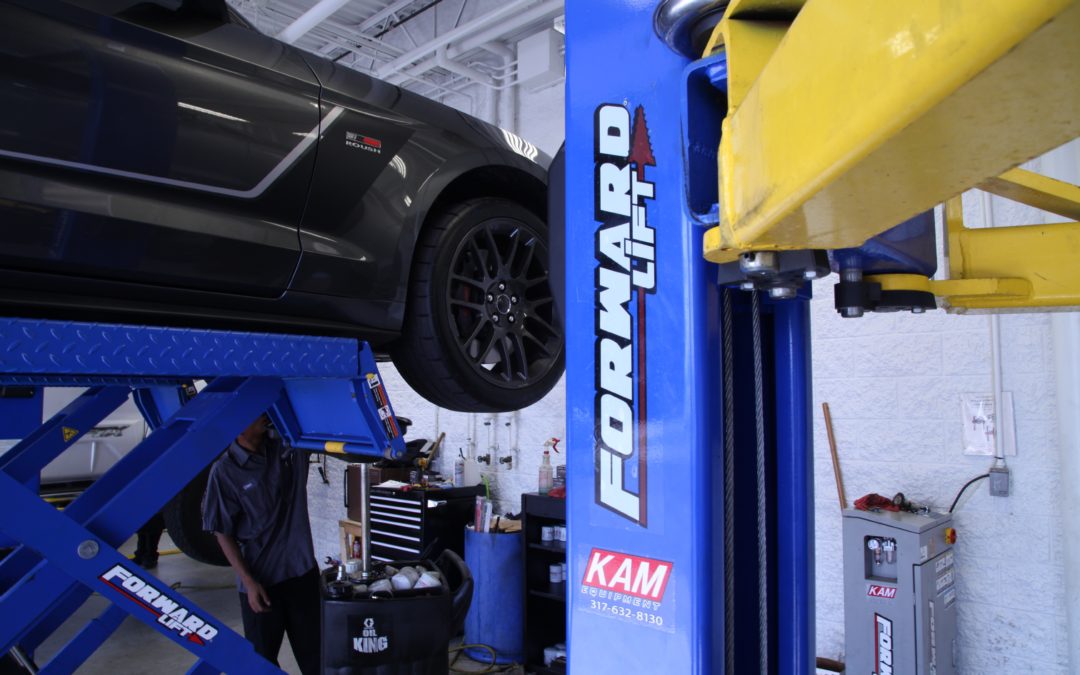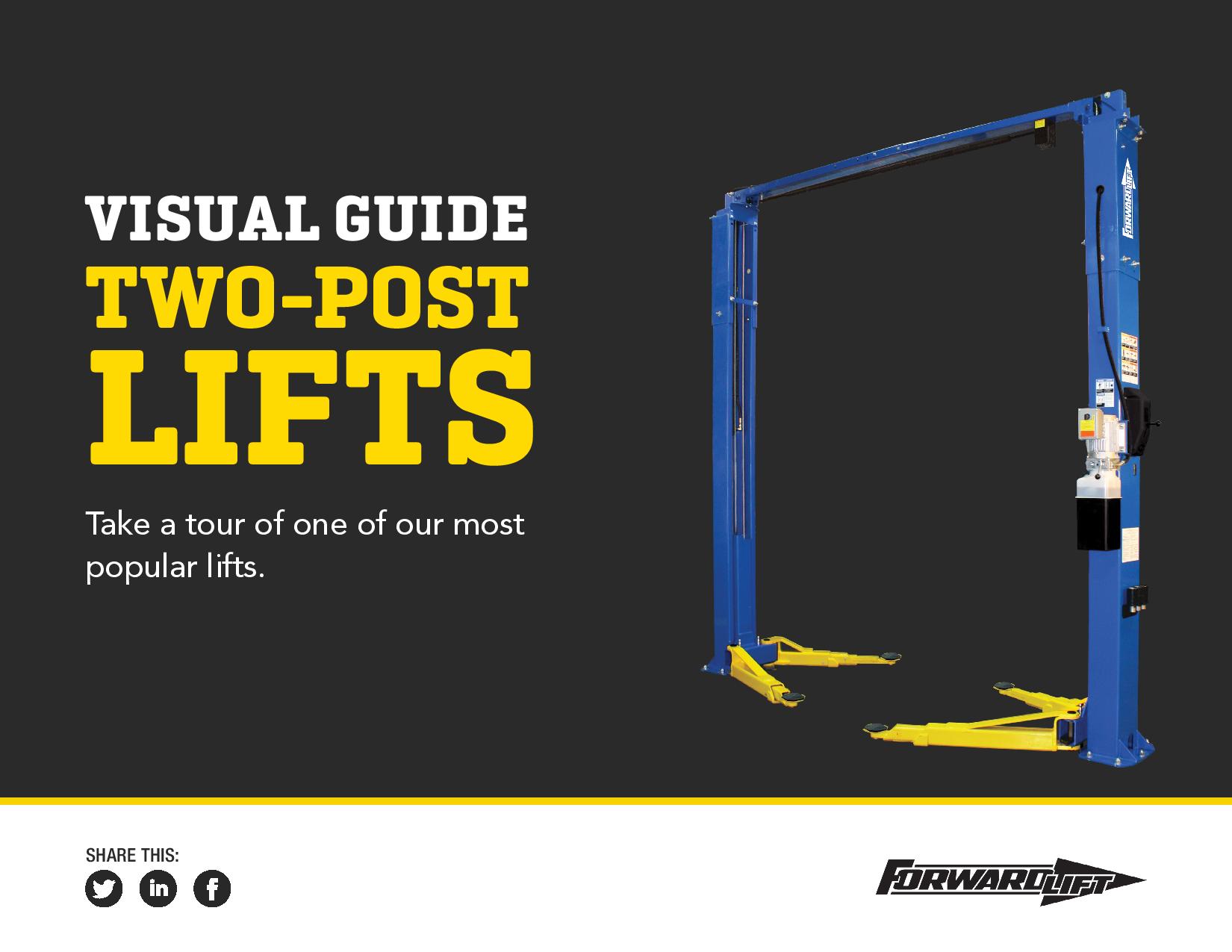No one likes to spend money on something that won’t give them something in return. As a person, it’s a pretty easy concept to grasp. You buy food so you’re no longer hungry. That hat you’re wearing protects your head from the sun. Coffee makes you less tired. You get the idea.
When you become a business owner it gets a little harder to part ways with your cash. Every dollar that goes out the door better bring more than a dollar back. (That’s why they call them “greenbacks.”)
This is where it gets tricky because business decisions are rarely as easy as “buy food, not hungry.” It causes you to think more about what you’re going to buy. And you only spend your hard-earned revenue when it’s easy to see the advantages.
Sometimes, though, a good investment isn’t obvious.
Lift accessories may fall into that category for you. But they fall into other categories, too. Like speed, which increases cycle times. Or protection, which saves you from spending more money or from temporarily losing a tech due to injury. And then there’s the stuff that just makes things easier,.
So think about investing in good lift accessories. They require some cash, but they can bring a lot of ROI, too.
For speed, consider:
- Laser spotters. They make it easy to spot a vehicle that’s approaching a lift by shining a laser line down the center of the dashboard. A tech simply pulls forward, and everyone gets to work faster.
- Rolling jacks. These are a no-brainer for brake, tire, suspension, and alignment work. They roll up and down the runways of a drive-on lift for positioning. Then, they engage a vehicle’s axles to lift the wheels into the air for service.
- Tool holder. Up, down. Up, down. That’s not your lift. That’s a tech picking up and putting down tools as they work. And that’s inefficient. Get tool holders to attach to your two-post lifts so a tech’s tools are always right at hand.
To make things easier, take a look at:
- Mobile wheel lift. Save your techs’ energy and possible injury by taking a load off when they’re moving tires around the shop. A good wheel lift allows them to remove and position any size wheel or tire up to 500 pounds.
- LED lights. It’s hard to work in the dark. And when a vehicle is on a lift and blocking the overhead lights, it’s not getting any brighter. There are several options of LED lighting that can adapt to the many needs in a service bay. These include handheld light wands and multi-light solutions that attach to the lifts themselves.
- Auxiliary jack. Instead of needing two techs to do work on longer components (like a muffler), an auxiliary jack can hold up one end of the component while a single tech works on the other end. It’s not exactly magic. But it’s also not dumb.
To protect vehicles and your techs, you’ll need:
- Door guards. Door dings are embarrassing, not to mention expensive. Adding door guards—low-profile, solid-rubber barriers—keeps your techs from having to worry about damaging your customers’ vehicles as they work.
- Wheel wing. Lower back strain is a pretty common tech injury. Picking up and putting down wheels doesn’t help. Wheel wings let techs store wheels at the same height as when they were removed.
- Lock signals. Before a tech performs service under a vehicle, the lift needs to be lowered onto its mechanical locks. Period. The consequences of something going wrong if this doesn’t happen are too severe. Don’t risk it – a quick, visual check for the green lock light means you’re good to go.



